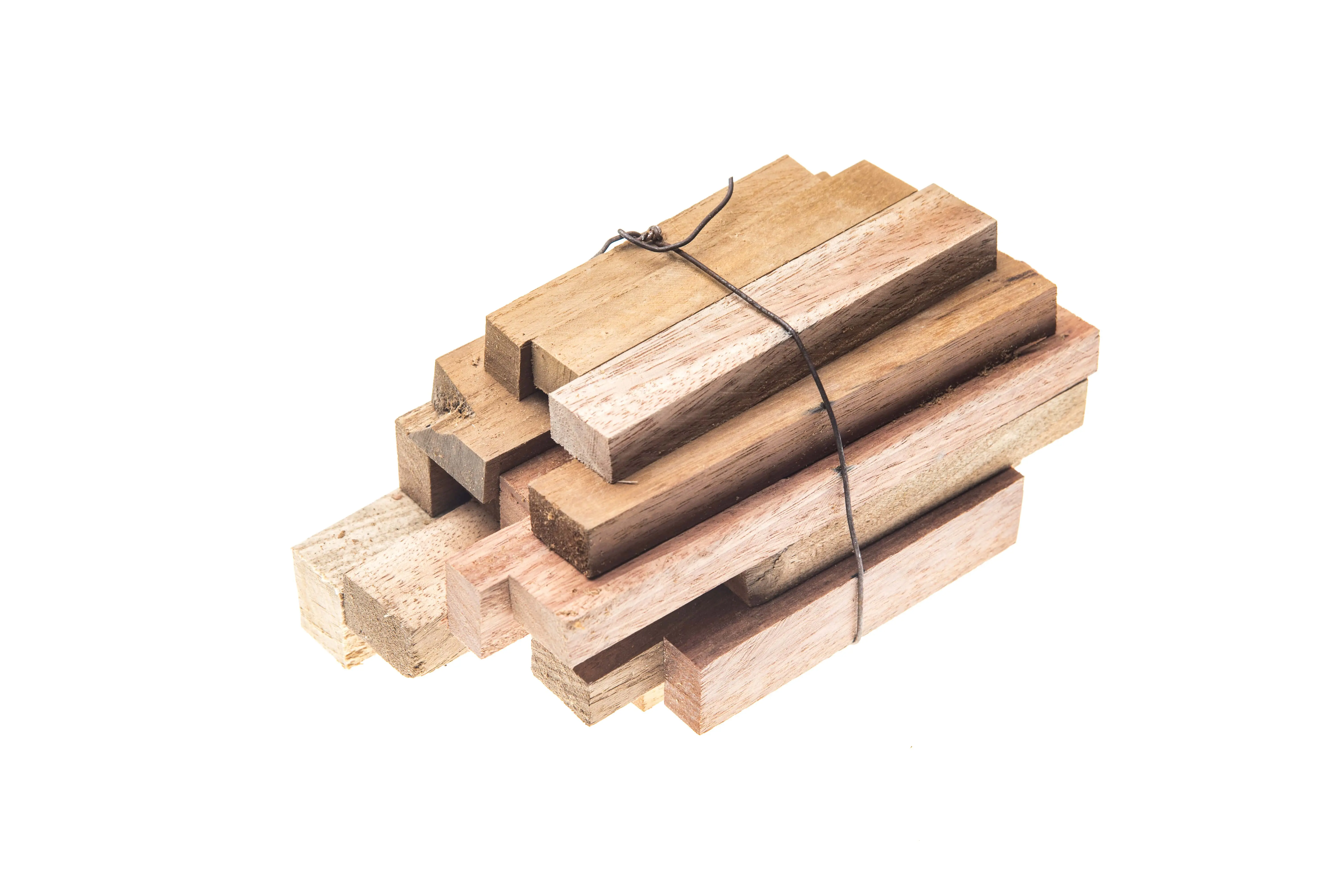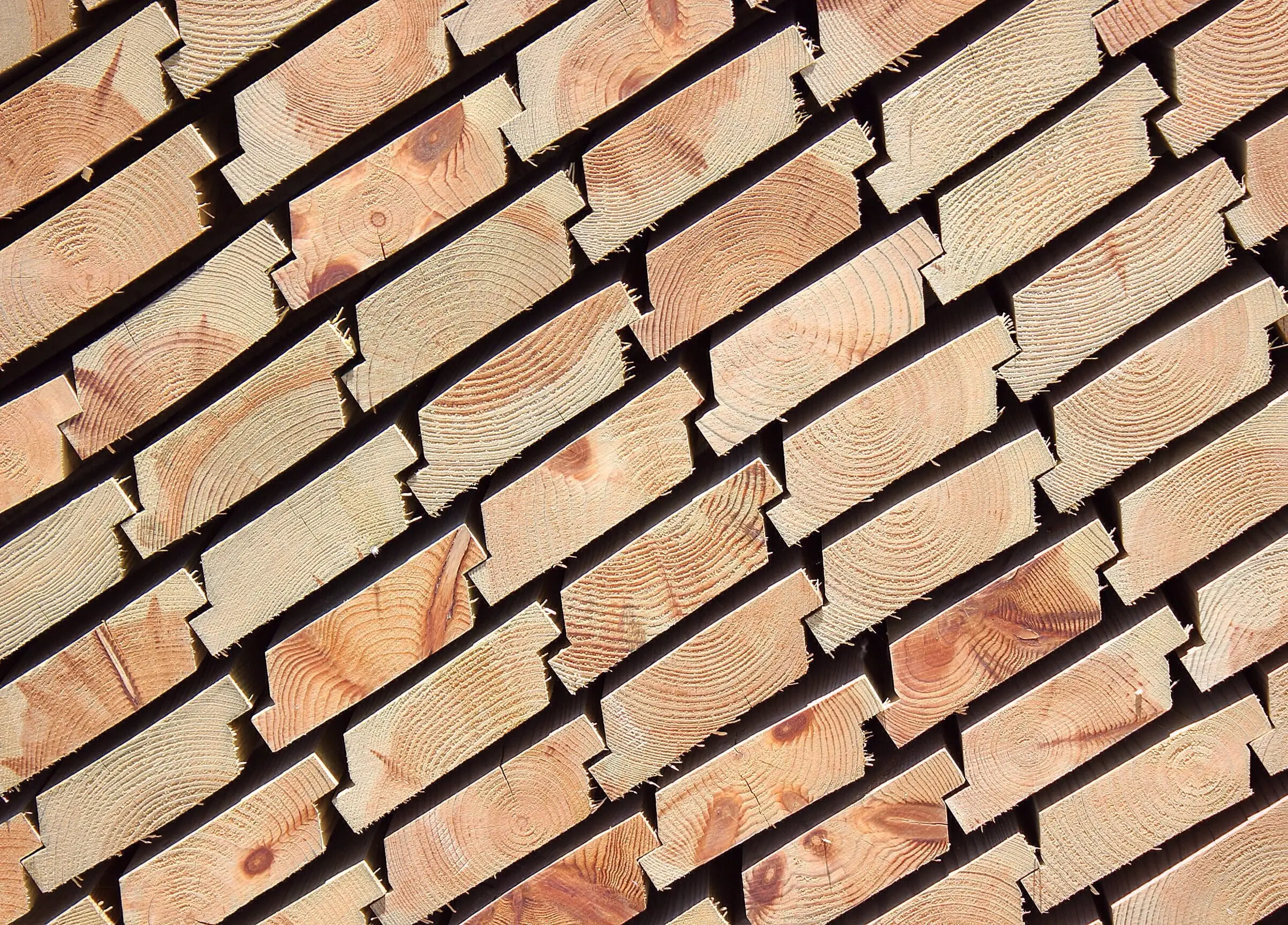September 17 2023
Reading time: 4 minutes
Discover How Mass Timber Structures Make a Positive Carbon Impact

As we progress in the fight against climate change, many are looking for solutions to help reduce the environmental impact of construction. Fortunately, the development of mass timber structures has brought an innovative approach to timber construction that not only meets the needs of modern customers but also offers a net-positive environmental impact. Mass timber structures are increasingly becoming a preferred choice for projects due to their sustainability, cost-effectiveness, and overall carbon impact. In this blog post, we will discuss the potential of mass timber to help reduce the carbon impact of construction and how it can be used to build better, stronger, and more sustainable structures. We'll discover how mass timber structures make a positive carbon impact, the advantages of construction with mass timber, and how this material is making a difference in reducing emissions. By understanding mass timber more thoroughly, we can make smarter choices in building design to lessen our environmental impact.
Discover How Mass Timber Structures Make a Positive Carbon Impact
Mass timber structures, such as those developed with cross-laminated timber (CLT) and laminated veneer lumber (LVL) are quickly emerging as a sustainable building material of choice for architects and builders alike. In addition to their lighter and stronger properties that make them an efficient choice for structural support, these materials can also have a positive carbon impact on the environment. In today’s market, the need to find building materials that are low in carbon emissions has never been greater. However, it is important to keep in mind that choosing between different types of timber based on the carbon impact of each can be a difficult task. In this article, we will uncover how mass timber structures can make a positive carbon impact.
Mass timber structures are engineered to be incredibly robust, while still exhibiting lightweight properties that are advantageous for construction. They are created by bonding multiple layers of wood panels together under enormous pressure that is then used to form an even structure when installed in a building. Mass timber panels offer considerable stability and support and can be used over large spans to create openings for floors and ceilings. This easily allows architects to create large open spaces that are free from columns and beams. Additionally, mass timber structures are more resilient to fire, earthquakes and any other natural disasters.
When examining the carbon impact of mass timber structures in comparison to other types of construction, there are many benefits to be found. Since mass timber is made from wood, a renewable natural resource, it requires fewer emissions to create than many of its alternative materials such as concrete or steel. According to a study published by the Royal Institute of Technology, “In comparison to other building materials, the CO2 emissions connected to timber production, transport, and construction are relatively low”. Furthermore, the use of mass timber leads to a higher energy efficiency, as wood is a natural insulator that helps to retain heat inside of a building. Reducing energy consumption leads to a decrease in greenhouse gas emissions, which means that mass timber can also reduce the building’s carbon footprint.
As mass timber is a renewable resource, it can also act as a carbon sink. This means that the timber itself can absorb carbon dioxide from the atmosphere. Wood absorbs carbon dioxide when it’s alive, and when it is dead it can continue to absorb the gas. To make use of this property, forests should be maintained to ensure that standing timber is left to decompose and continue to act as a carbon sink. Additionally, when mass timber structures are deconstructed, the wood can be recycled and reused, thereby allowing for an even further reduction in emissions.
Mass timber structures are also a sustainable solution for architects and builders seeking to reduce the impact on the environment. These structures are typically easier to install, require less fossil fuel energy, and use fewer resources in comparison to other construction materials. In addition, the use of mass timber has been found to reduce air pollution. By reducing the amount of carbon monoxide and other harmful gases that are released into the atmosphere, mass timber is a clean and sustainable choice when it comes to construction.
Overall, the increasing popularity of mass timber structures demonstrates the potential of wood as a building material. Not only are these structures stronger and more lightweight than other materials, but they also offer a positive carbon impact on the environment. With their renewable natural resource component, ease of installation, and potential to act as a carbon sink, mass timber structures are quickly becoming the favoured choice for architects and builders alike.
The push to become a more sustainable society has been deeply rooted in the discussion surrounding climate change. We’re now starting to see the potential of mass timber structures to reduce our carbon emissions. Mass timber structures are made from renewable resources, can sequester carbon for long periods and have very little embodied energy. By bringing sustainable and efficient building practices to the market, mass timber structures are helping to drive positive change in the environment.
Not only do they help us reduce our collective and individual carbon footprints, but they also improve the safety and performance of buildings throughout the entire life cycle. Discover how mass timber structures can make a positive carbon impact by investing in efficient and renewable resources today.

Start Reducing Your Carbon Footprint Now: Harness the Benefits of Mass Timber Structures.
Do your part in preserving the environment by harnessing the power of mass timber structures. From cost-savings to improved sustainability, this innovative solution can help your business cut back on negative impacts and become 'greener'. Learn more about the positive carbon impact of mass timber structures and start taking steps towards creating a better tomorrow for yourself and the environment. Take action today and start reducing your carbon footprint with mass timber structures!